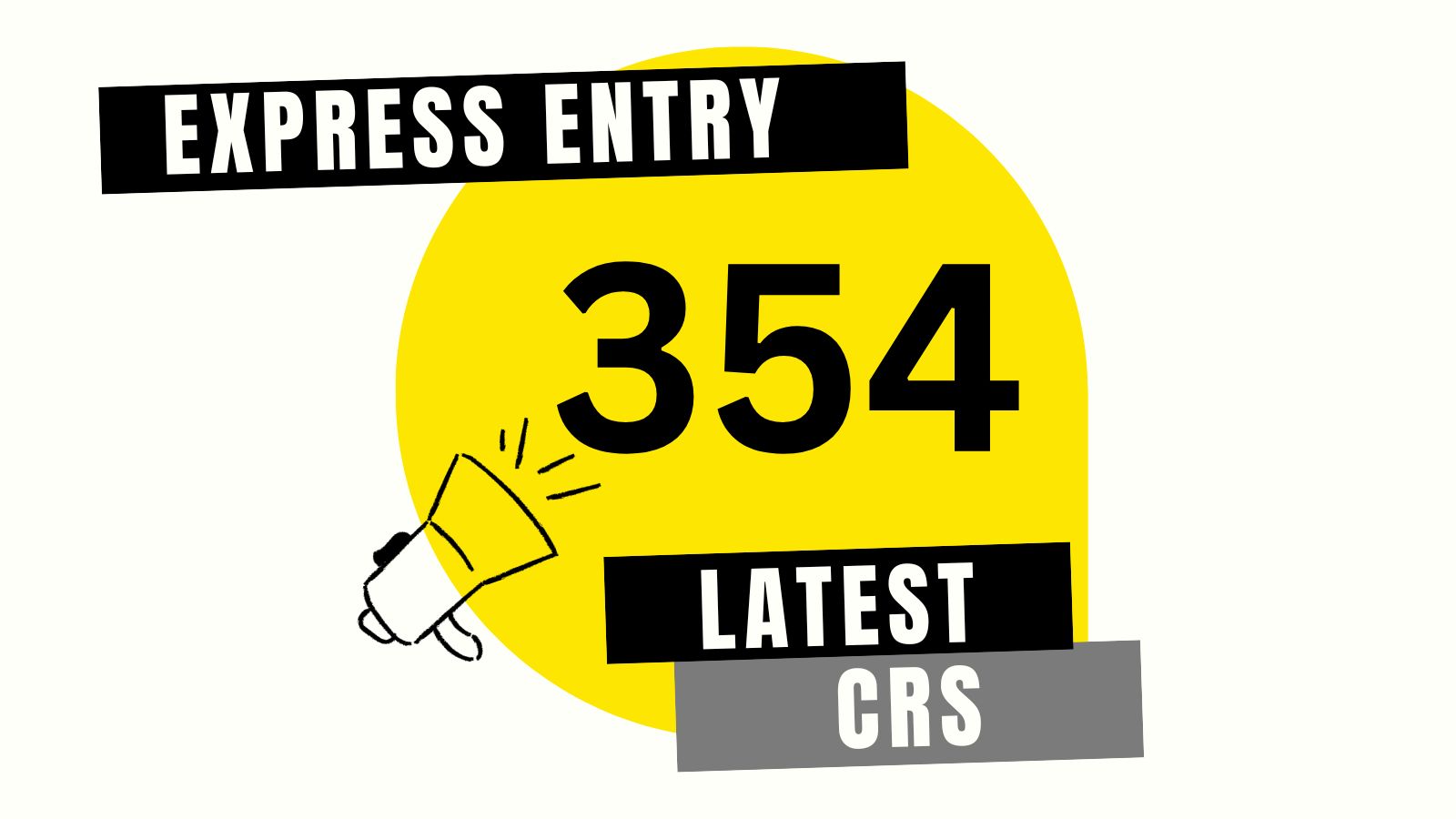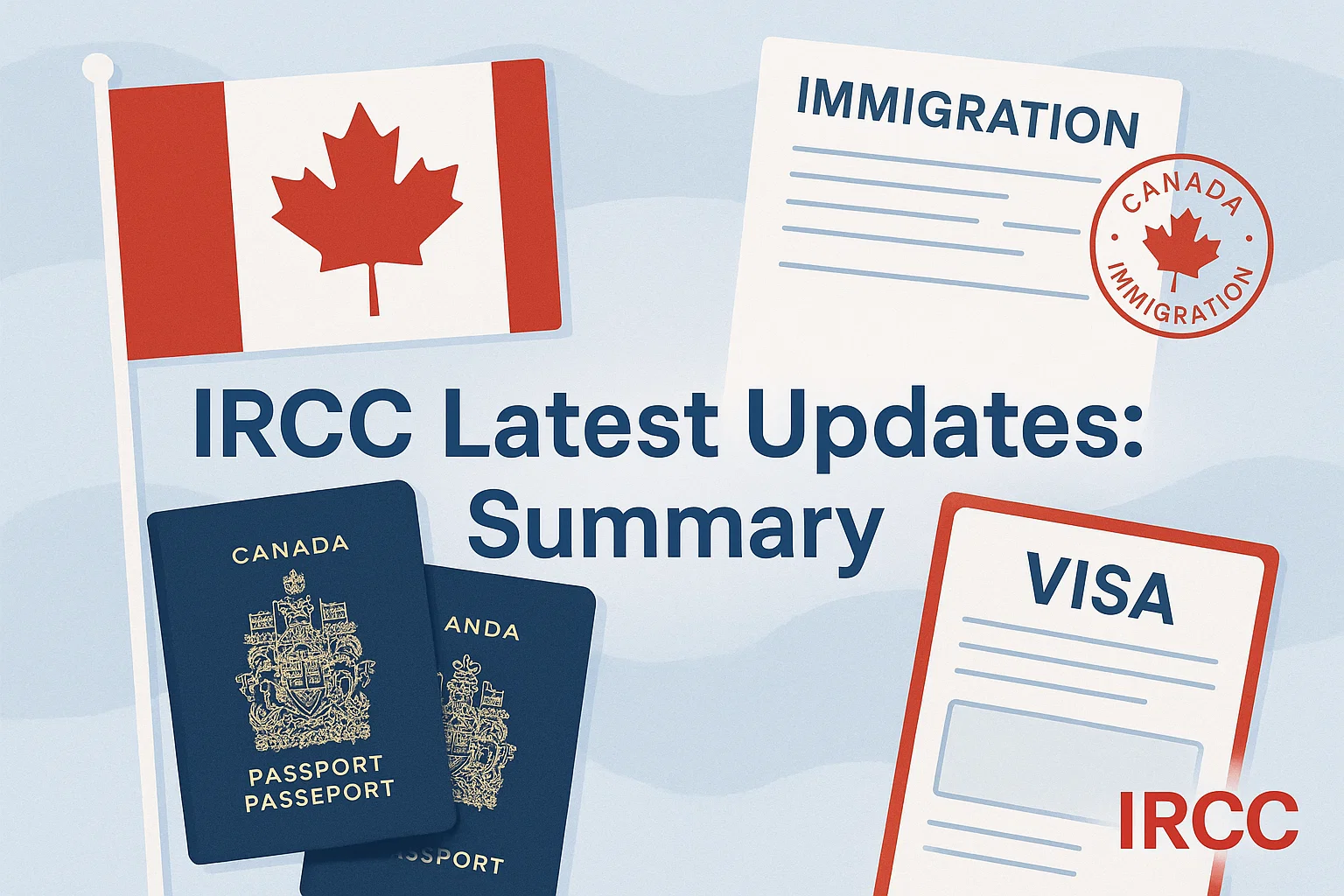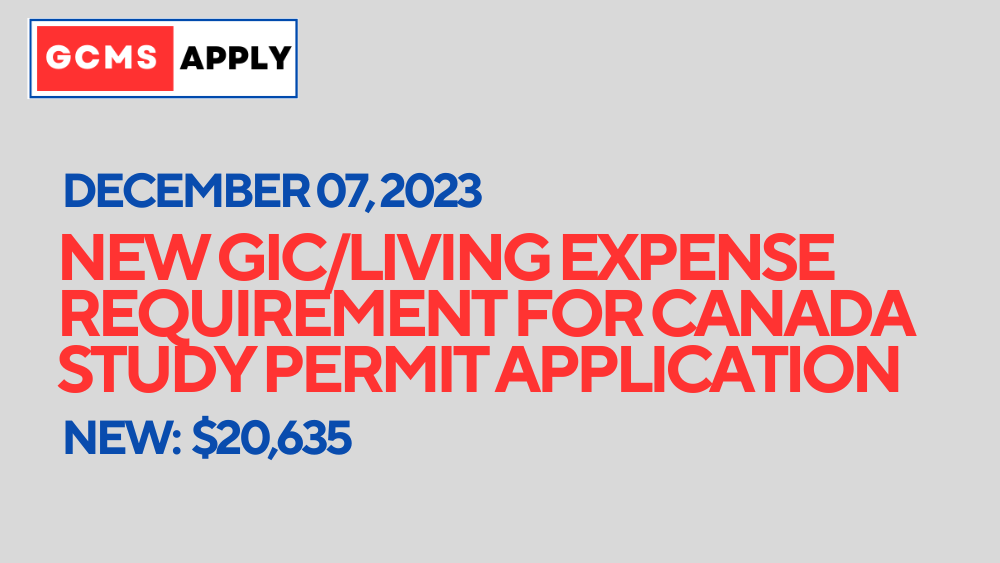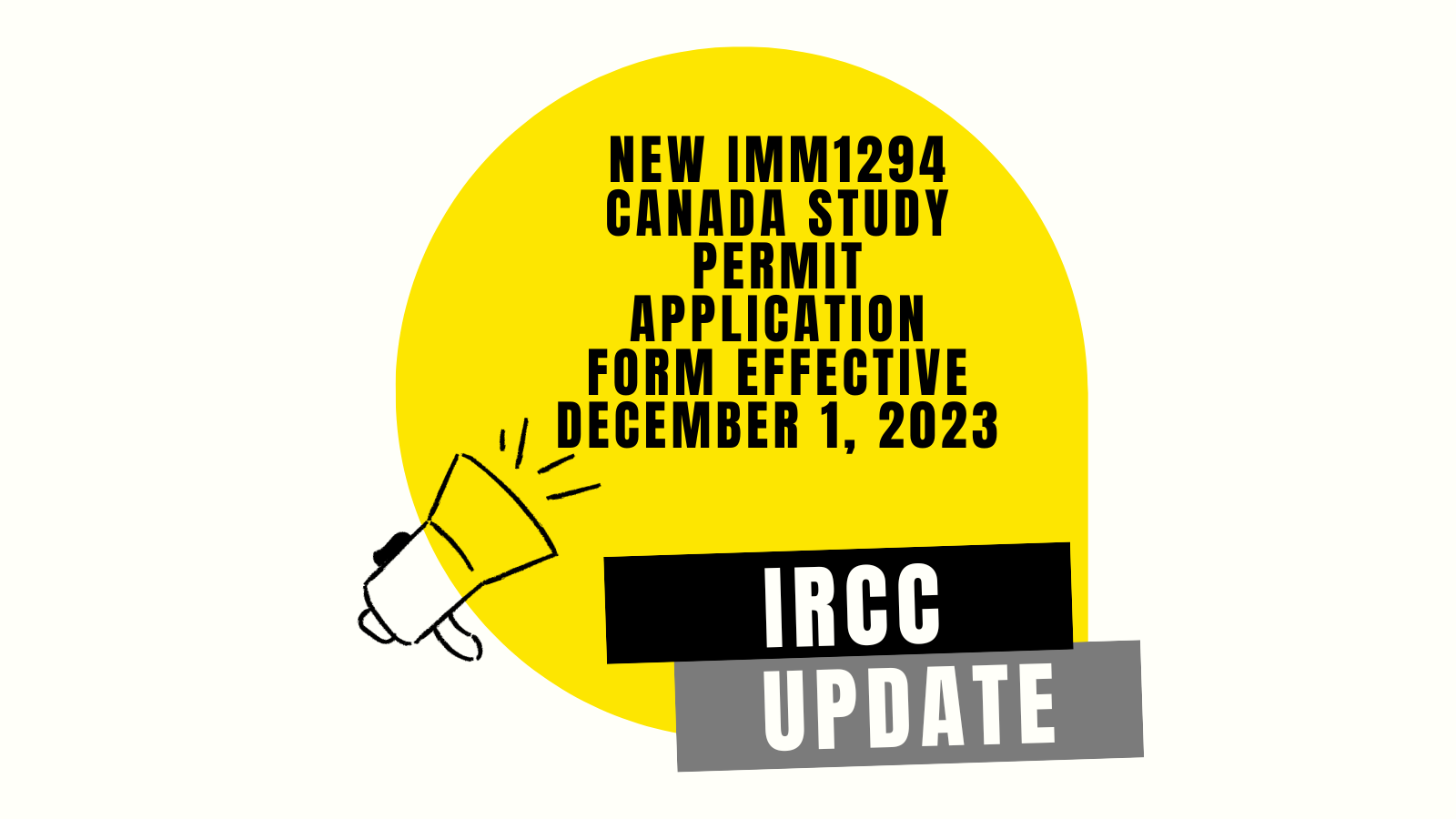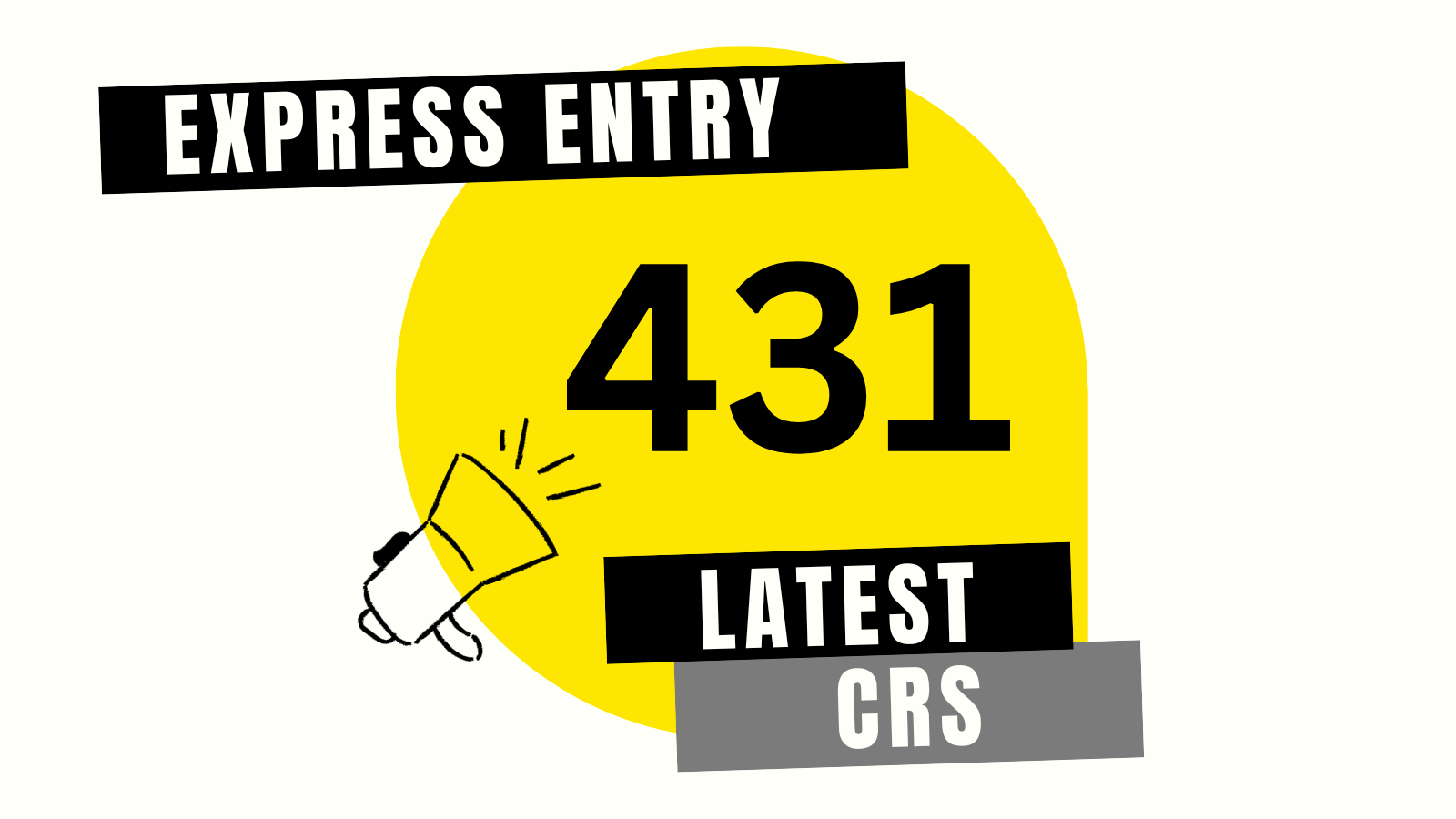Introduction
The Canadian government has recently made an important announcement that is set to benefit international students applying through the Student Direct Stream (SDS) program. The Immigration, Refugees and Citizenship Canada (IRCC) has approved four additional English language tests for SDS applicants. This move aims to enhance accessibility and provide more options for prospective students to prove their language proficiency. In this blog post, we will explore the significance of this decision and its potential impact on international students aspiring to study in Canada.
Expanding Options for Language Proficiency Assessment
Previously, the IRCC only accepted the International English Language Testing System (IELTS) for language proficiency assessment. While IELTS is a widely recognized and respected test, the addition of four new English language tests under the SDS program will provide students with greater flexibility. The newly approved tests are the Test of English as a Foreign Language (TOEFL), the Canadian English Language Proficiency Index Program (CELPIP), the Pearson Test of English Academic (PTE Academic), and the Cambridge English: Advanced (CAE).
Benefits for International Students
- Increased Accessibility: The inclusion of these additional language tests will significantly improve accessibility for international students. Previously, many students had limited access to IELTS testing centers or found it challenging to prepare for this specific exam. The approval of alternative tests provides a more diverse range of options that cater to different learning styles and individual circumstances.
- Familiarity and Adaptability: By accepting widely recognized English language tests, the IRCC acknowledges the credibility and reliability of these alternative assessments. Students who have already taken one of the newly approved tests for other purposes, such as admission to an educational institution, can now utilize their existing scores for their SDS application. This streamlines the process and eliminates the need for students to retake an English language test.
- Improved Language Assessment Tools: Each of the newly approved tests offers unique features and evaluation methods. This diversity in testing methods provides students with the opportunity to choose a test that aligns with their strengths and preferences. For example, some students may find the computer-based format of PTE Academic more comfortable, while others may prefer the paper-based format of TOEFL. This variety allows applicants to showcase their language skills effectively.
- Quicker Application Processing: The Student Direct Stream program aims to expedite the processing time for study permit applications. By accepting multiple English language tests, the IRCC reduces the burden on testing centers and allows for a smoother application process. This change is expected to contribute to faster decision-making and enable students to begin their studies in Canada sooner.
Conclusion
The IRCC’s decision to approve four new English language tests for the Student Direct Stream program is a welcome development for international students. By expanding the range of accepted tests, the Canadian government demonstrates its commitment to inclusivity, accessibility, and adaptability in the education system. This change will benefit prospective students by providing them with more options to showcase their English language proficiency. As Canada continues to attract students from around the world, this decision ensures that language proficiency requirements align with the diverse needs of international applicants.




